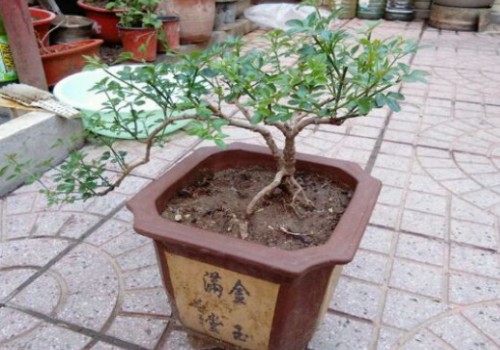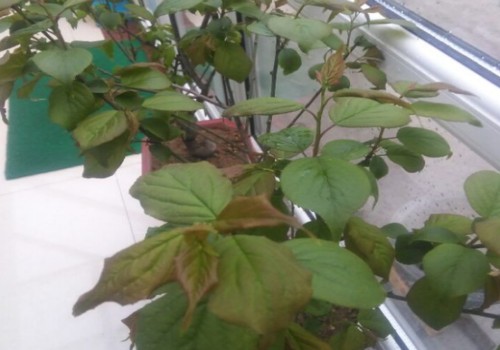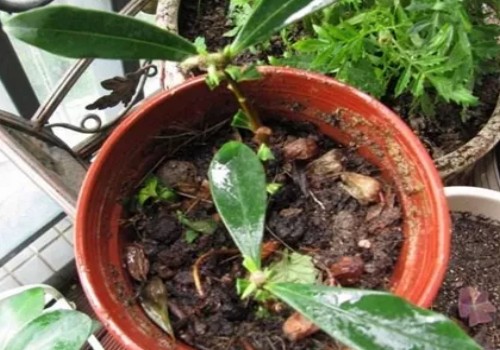How to reproduce primroses
Primrose is a kind of tree species that blossoms in early spring, which can not only add a lot of festive atmosphere during the Spring Festival, but also have the function of reporting spring, so primrose can also be called "primrose". Because of its brilliant flowering, fragrant and colorful, high ornamental value, it is very suitable for potted planting. At the same time, it is also a good material for making bonsai and turning it into bonsai, which is also very important to improve its artistic value.

However, if we want to grow in pots, we must first get potted seedlings. In addition to going to the flower market to buy seedlings directly and come back to potted plants, potted friends who like to do things can also breed primrose seedlings on their own, so that they can have more fun in planting and raising. But the premise is that we need to master the method of reproduction, so how do primroses reproduce?
There are many propagation methods of primrose, which can not only sow, original but also cuttage, but also split, strip, and even graft propagation. And different breeding methods, the operation process is naturally different, and the technical requirements are also different. For ordinary users, it is usually not necessary to master all the breeding methods, you can choose one or two methods that suit them.
However, among the many means of propagation, cutting propagation is more suitable for family potted plants. However, if you want to get more robust potted seedlings, it is recommended to use ramet and striping. If you want to cultivate new varieties to make bonsai, it is recommended to use grafting to breed. Sowing propagation is generally not recommended, although sowing can also obtain seedlings, but the whole cultivation process seems to be too long for it to quickly grow into seedlings and grow into trees and flowers.
Of course, self-breeding of primrose seedlings is indeed a time-consuming and laborious work, and need to master the correct method, which is more difficult for novice friends, we need to have a certain degree of patience. However, generally cultivate their own spring flowering pot seedlings, it is often easier to understand its temperament, so as to better maintenance and management. If you really do not want to breed yourself, you can also buy primrose seedlings online to come back and transplant. As long as you master scientific methods and standard operation, it is also easy to feed them and ensure their flowering.
Time: 2019-06-05 Click:
- Prev

Do you want plum blossom bonsai to pick the heart? how to pick the heart?
Pruning is a commonly used means in the process of pot cultivation, mainly to control plant shape, improve plant type, and improve the ornamental value of potted plants. Of course, it may also be to promote the germination of lateral buds, promote branches, let flowering plants bloom more, improve the quality of flowering, and so on.
- Next

Can Ruixiang be cut?
Daphne, also known as incense, is not only a kind of medicine, but also a kind of ornamental flowers and plants. Daphne can not only be seen, but also emit a strong fragrance. In addition, it is shade-resistant and likes a bright environment with sufficient scattered light and smooth ventilation, so it is very suitable for raising it indoors as a family pot.
Related
- Fuxing push coffee new agricultural production and marketing class: lack of small-scale processing plants
- Jujube rice field leisure farm deep ploughing Yilan for five years to create a space for organic food and play
- Nongyu Farm-A trial of organic papaya for brave women with advanced technology
- Four points for attention in the prevention and control of diseases and insect pests of edible fungi
- How to add nutrient solution to Edible Fungi
- Is there any good way to control edible fungus mites?
- Open Inoculation Technology of Edible Fungi
- Is there any clever way to use fertilizer for edible fungus in winter?
- What agents are used to kill the pathogens of edible fungi in the mushroom shed?
- Rapid drying of Edible Fungi

